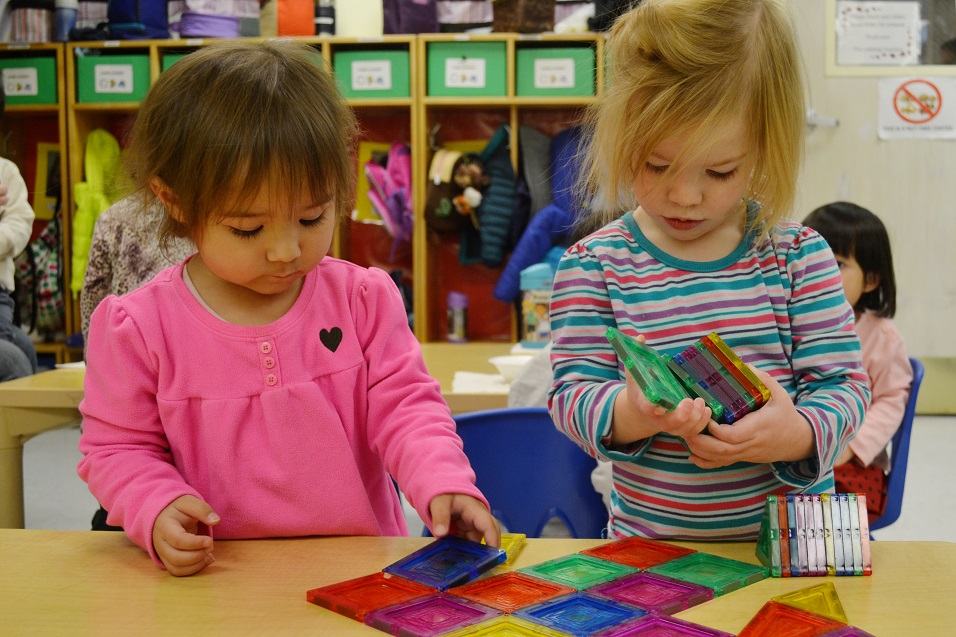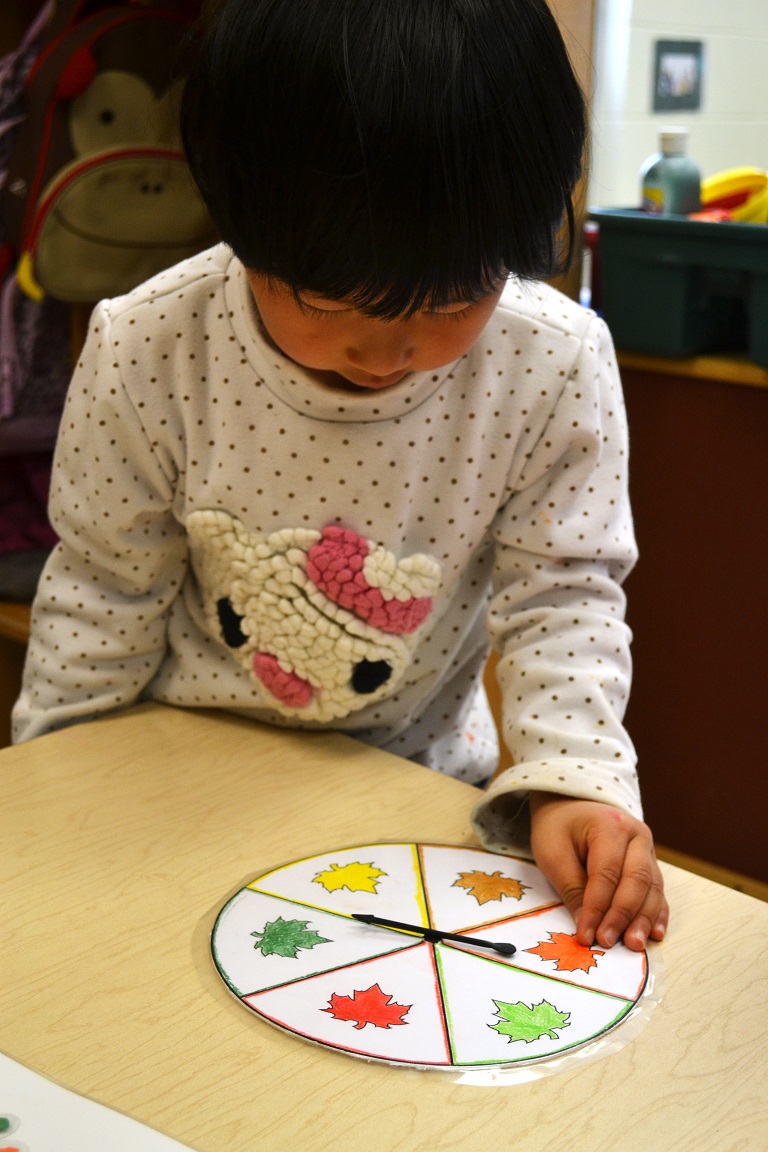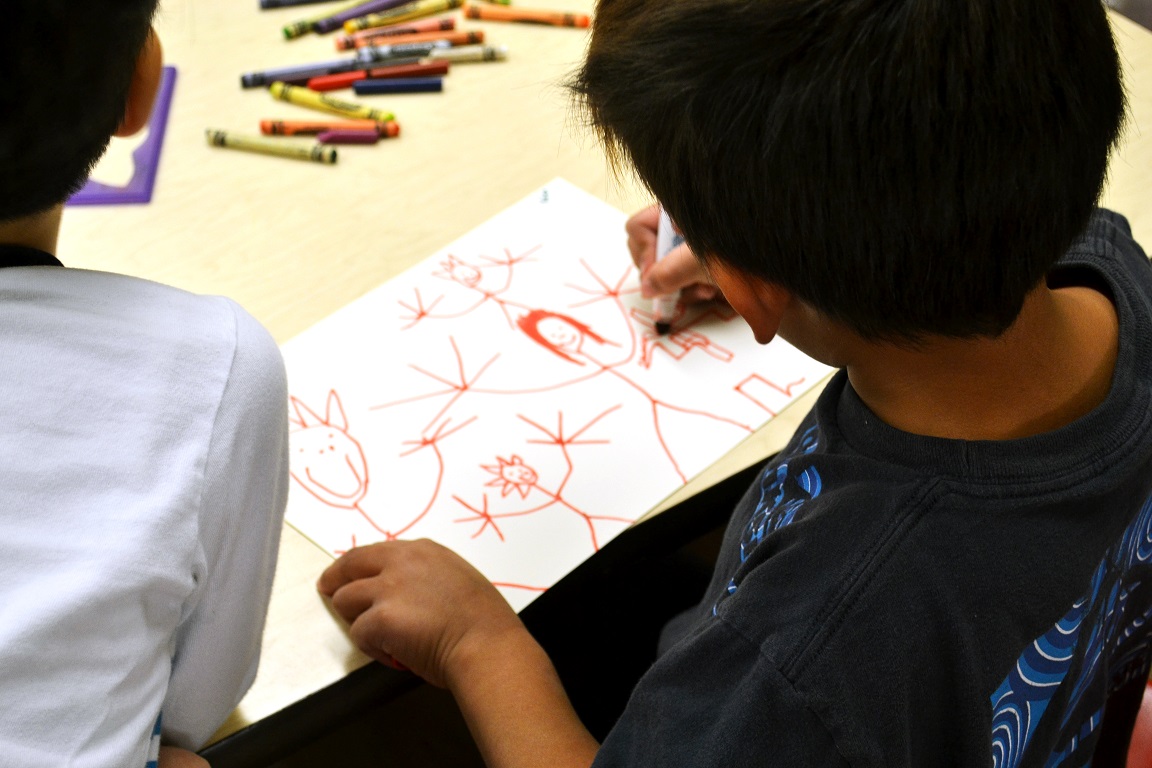Learning Philosophy
Program Overview
UKids - East Village is dedicated to providing a safe, supportive, challenging and holistic learning environment for young children and their families. The philosophy of the Center is a learning model based on play. The overriding goal is for children to feel enthusiastic about learning, to be interested, curious, and happy as they learn, and to be deeply involved in new and challenging experiences. UKids - East Village provides an environment where children feel safe and are encouraged to explore not only materials, but also their relationships with peers and adults. We believe that children learn through hands on play experiences and thrive emotionally, socially, physically, and cognitively when they are actively engaged with their environment and each other. Creative Curriculum, a developmental approach to learning, provides the foundation for daily activity planning, implementation and evaluation.
How We Utilize Positive Guidance
Young children crave consistency and structure. They thrive in an atmosphere where they are given plenty of choices and a few simple rules to follow. It is my belief that children need space and opportunity for play in order to interact with their friends. Our goal in guiding children is for them to move towards controlling their own behavior. We avoid using techniques that will damage the child’s good feelings about themselves or others. We begin by arranging the environment to prevent discipline problems. This includes planning interesting activities, not asking children to be still for too long, and meeting their needs for food, rest, and active play. When children do misbehave, we positively guide them in finding a better way to solve the problem. Because a very young child does not have the cognitive maturity and are very ego-centric, it can be very difficult for them if they do not get their way. Conflicts will arise. When they do we will guide children in a constructive manner. Discipline is viewed as an opportunity to teach children better ways of handling their frustration and anger. Very young children will be redirected into other activities.
Our Methods of Positive Guidance Include:
- Encouraging children to solve problems through the use of words
- Learning to acknowledge feelings and associate feelings with actions
- Redirect children to focus on a different activity in a positive manner
- Tell children what they can do, rather than what they can’t do
- Continual focus on building self-help skills in order to strengthen self-esteem and positive self-image
- Positive reinforcement and acknowledging appropriate behavior that should be continued in the future
- Assisting children in planning actions and language for similar situations in the future
- Modeling kind, patient, and gentle actions, words and behavior
All classrooms utilize the Creative Curriculum approach to learning, which is a comprehensive, rigorously researched curriculum model that honors creativity and respects the role that teachers play in making learning exciting and relevant for every child. Each classroom environment is set up around learning centers:
 Creative Art - The Creative Art Area is a place filled with materials that children can enjoy on
a purely sensory level. Here children can create and represent their ideas in a visual
form. On a table or the floor, at an easel or a workbench, children draw, paint, knead,
cut, glue, and put together unique products of their own choosing. Sometimes they
simply explore the materials and enjoy the process. At other times they create designs
or make something that represents a real object, place, or living thing. Creative
art is another language children use to express what they know and what they feel.
Creative Art - The Creative Art Area is a place filled with materials that children can enjoy on
a purely sensory level. Here children can create and represent their ideas in a visual
form. On a table or the floor, at an easel or a workbench, children draw, paint, knead,
cut, glue, and put together unique products of their own choosing. Sometimes they
simply explore the materials and enjoy the process. At other times they create designs
or make something that represents a real object, place, or living thing. Creative
art is another language children use to express what they know and what they feel.
Library/Writing Center - In the Library Area children develop the motivation and skills necessary to read and write. As they hear stories read aloud every day, look through books on their own, listen to story tapes, recite familiar stories, and make up their own stories, they also have many opportunities to grow in all areas of development.
Dramatic Play - In the Dramatic Play Area, children break through the restrictions of reality. They pretend to be someone or something different from themselves and make up situations and actions that go along with the role they choose. When children engage in dramatic play they deepen their understanding of the world and develop skills that will serve them throughout their lives. • Blocks - Blocks naturally appeal to young children because they feel good to the touch, are symmetrical, and invite open-ended explorations. When children construct, create, and represent their experiences with blocks, they grow in each area of development.
Science/Discovery and Math - The Science Area is a place to find answers to questions. It is a place to spark curiosity and wonder using new and interesting materials. In the Science Area, children can use their senses to touch, feel, taste, smell, and see. They can act on objects and observe what happens next. Teachers help nurture children's curiosity by joining children in the Science Area and posing questions. Children respond by using their thinking skills to investigate and explore. In the Science Area, all areas of development can be enhanced.
Music and Movement - Music naturally delights and interests children. By including time for music and movement, we provide an outlet for children's high spirits and creative energy. Music and movement experiences help develop both sides of the brain (an important finding in recent brain research) and contribute to children's social/emotional, physical, cognitive, and language development.
Sand and Water - Play with sand and water involves sensory experiences that appeal to young children. They need little introduction to playing with these materials. While sand and water play can delight the senses, it also can challenge children's minds and promote all areas of development.
Goals for each child include helping them to:
- Move along the development sequence at his/her optimum rate using learning objectives
from
 Teaching Strategies
Teaching Strategies
- Learn through identifying children’s interests and incorporating them into a natural play setting
- Develop positive attitudes toward school and learning
- Develop positive work habits and skills, such as: attention span, organizing work, and following a daily routine
- Develop foundations for reading, writing, visual skills, auditory skills, left-to-right orientation, interest in printing, letter awareness, association of letter to sound, and rhyming, at his/her own development
- Develop a love for literature and to become familiar with literacy and language
- Develop cognitive skills such as: problem solving, synthesizing, analysis, and classification
- Develop the foundations of mathematics, one-to-one correspondence, counting association of set to symbol, part/whole relationships, and measurement and graphs
- Develop language skills, including speech and listening skills at his/her level of development
- Learn the social skills of compromise, cooperation, negotiation, and verbal assertiveness along with other developmentally appropriate social-emotional skills
- Develop large and small motor abilities
- Develop and understand the importance of creativity

